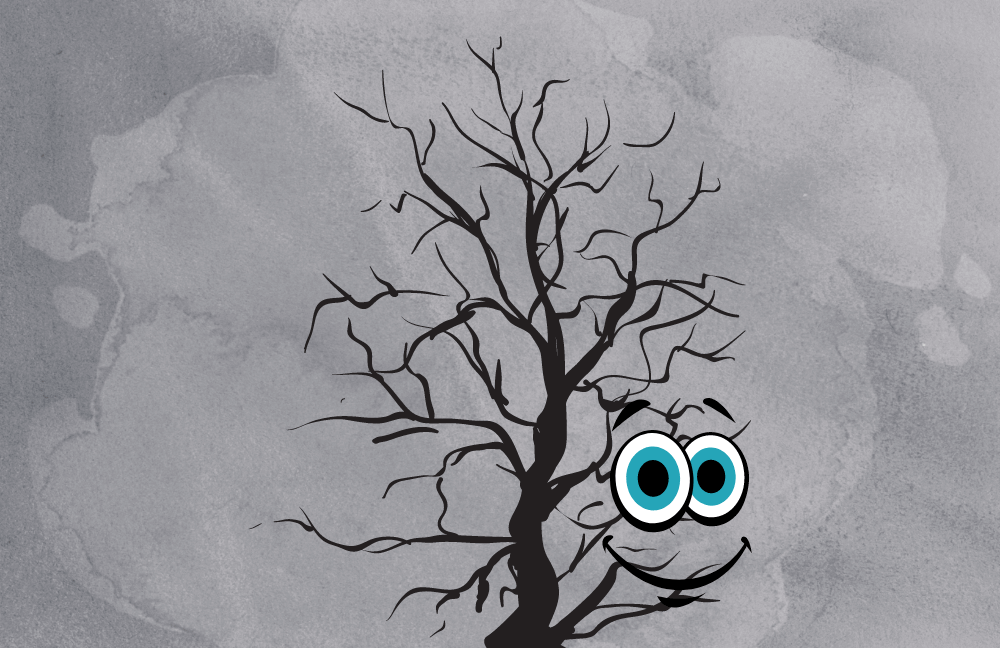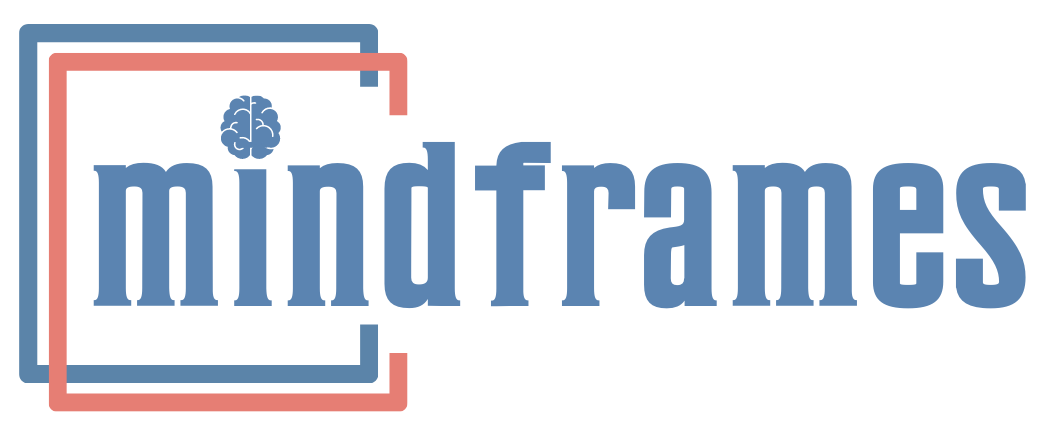Anger Management Workshop
Anger: A Signal Emotion
Anger is the prototypical negative emotion. It is the commonest automatic reaction children have, to threat. Frequently anger may be followed by aggression and a fight (direct expression) or frustration and irritability (indirect manifestation). And yet, anger in a child is not the real problem at hand. The challenge is identifying the primary emotion that is the cause of that anger. Until then, adults use the traditional response of getting upset with the angry child, hitting, slapping, and punishing; none of this combats the young one’s helplessness and fury.
Two damaging effects of anger towards an angry child ensue – first, children feel rejected as nobody understood why they were angry, and second, they conclude that anger is an appropriate emotion because adults behave in a similar way too. They become even angrier.
Anger management in kids integrates education for children, as well as the adults they interact with. In the current version of the Diagnostic and Statistical Manual of Mental Disorders (DSM-5), anger/irritability is the core symptom of oppositional defiant disorder (ODD), and aggressive behavior is most commonly associated with conduct disorder (CD), both of which require medical attention. Unresolved and untreated anger could lead to personality disorders in adulthood.
What is Anger Education
We know that children use words they have heard, without knowing what they mean. Likewise, children imitate emotions without complete awareness of their implications. In a one-to-one session with an aggressive 5-year-old I asked how she would react if a friend from her peer group disagreed with her. Her innocent reply: “I will whack her on her face until she cries and agrees with me.” She said this always worked when she disagreed with her mother because she was whacked and she eventually agreed.
Until adults deal with their children emotively, children will be ill equipped to deal with their own emotions maturely. Children are born with unique brains that imitate and reason with their observed and imbibed logic. Parents need to be aware and better prepared for this.

Child Temperament Education
Angry children have a hyper-aroused temperament compared to calm children. They are instinctive risk takers. They enjoy physical play and are dodgy in playground games as well as classroom undertakings. They sense confidence (frequently overconfidence) about their abilities. Other children who are calm and peaceful imitate the angry ones by observational learning. Thus, a significant component of anger management in children is to help them make autonomous emotional decisions with an understanding of consequences.
Children need to know what anger is, what it does to their body and how it is capable of transforming their relationships for the worse. They can also be taught healthier ways of coping with disagreement. With repeated anger outbursts, children learn that anger is the norm. Punishment does not restrain them either. When children realize the lethal effects of their anger, they are more likely to refrain from it. Everyone learns from experience; children are no exception.
Reasons for Anger
- Commanded by adults all the time
- Upset that they have to always obey
- Being bullied by their own friends
- Dismayed that a friend moved home
- Physical pain that they can’t express
- Unhappy with their school teacher
- Insecurity about their friendships
- Anxiety about parental separation
- Jealousy and rivalry about siblings
- Insecurity about stage performance
- Worry that they aren’t good enough
Anger Workshop Focus
- Giving names to children’s feelings
- Explaining varieties of emotions
- Explaining the ill effects of anger
- Breeding alternate ways of feeling
- Encouraging sublime expression
- Empowering with healthy coping
- Helping children empathize more
- Improving the parent-child bond
- Encouraging optimism in children
- Welcoming suggestions from kids
- Using fun interactive techniques
Feel It-Picture-It-Say It-Do It
This is a technique we frequently adopt in our workshops for anger and emotion management in children and teenagers. Children are taught the method of experiencing and enduring anger in test situations. They are made to picture the responses their anger is capable of generating. Then they have to pretend to be in those situations and actually think of things they would say to people when they are experiencing an intense aggressive impulse.
The responses are offered by children themselves, to other children around them and alternatives are generated. They are thus effectively trained to eventually ‘say’ and ‘do’ the best possible words and actions respectively so that they are able to attain the most positive outcomes for themselves.
Anger Rules for Children
Another simple strategy is to set rules and regulations around angry and aggressive impulses. We suggest universal do’s and don’ts for teens and younger children in relation to their aggressive urges. These can be put up in classrooms and corridors too. Or sent out as mailers to parents. Children need to learn that feeling anger does not give them the right to hurt others. Once they accept anger rules, they are more likely to select alternate behaviors for expressing their emotional responses which are healthier and conducive to empathic and respectful interpersonal relatedness.
MindFrames Anger Management With Dr Shefali
A huge part of the MindFrames anger management workshop includes parent-teacher education and guidance, as well as structured take home modules for management of children with anger related problems. Parents need to manage their own emotions responsibly in order to have their children do so too.
Like all other hurdles that are part of the childhood and teen development process; emotional responsibility and temperament control is a skill we must inculcate in our children at the appropriate time to assure a smooth and peace-loving adulthood. We aim to achieve this through one-to-one sessions for children and parents (if needed) and through group workshops and educational interactive sessions.
Children are our future. They have an enormous capacity to transform the world for better or worse. We owe them the tools, infrastructure, training and guidance to be a potent force for virtue in society. All the MindFrames workshops are educative, informative and evidence based in content; and yet informal, enjoyable and fun filled in their delivery. We focus on the child’s core and hope to engender confident, self-reliant and resilient leaders of tomorrow.
Connect with us to discuss the different workshop options and let’s work together to enhance parent and teacher participation, and holistic child development. We aim to empower teenagers while at school with positive coping strategies to understand normative crises and deal with anger responsibly, paving way for mature and sturdy adulthood.
Dr Shefali Batra is a Feature Writer in the Teenager Today (India’s first Teen Zine) since 15 years. The magazine is focused on adolescent wellness.

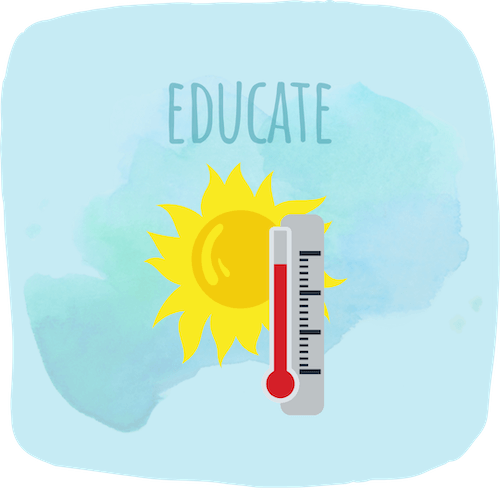
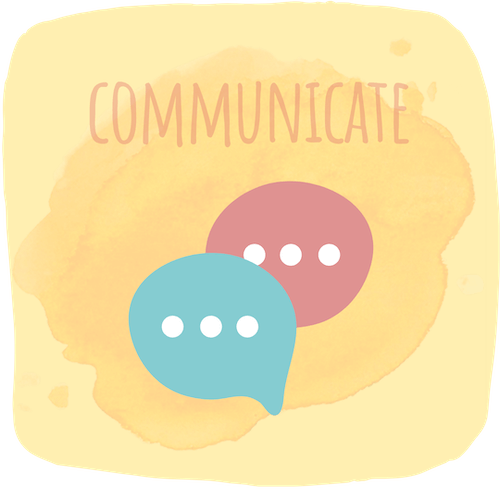

References
- Hagan, C. A., Halberstadt, A. G., Cooke, A. N., & Garner, P. W. (2020). Teachers’ Beliefs About Children’s Anger and Skill in Recognizing Children’s Anger Expressions. Frontiers in psychology, 11, 474.
- Sukhodolsky, D. G., Smith, S. D., McCauley, S. A., Ibrahim, K., & Piasecka, J. B. (2016). Behavioral Interventions for Anger, Irritability, and Aggression in Children and Adolescents. Journal of child and adolescent psychopharmacology, 26(1), 58–64.
- Averill J. (1982). Anger and Aggression: An Essay on Emotion. New York, NY: Springer-Verlag.
Latest Posts
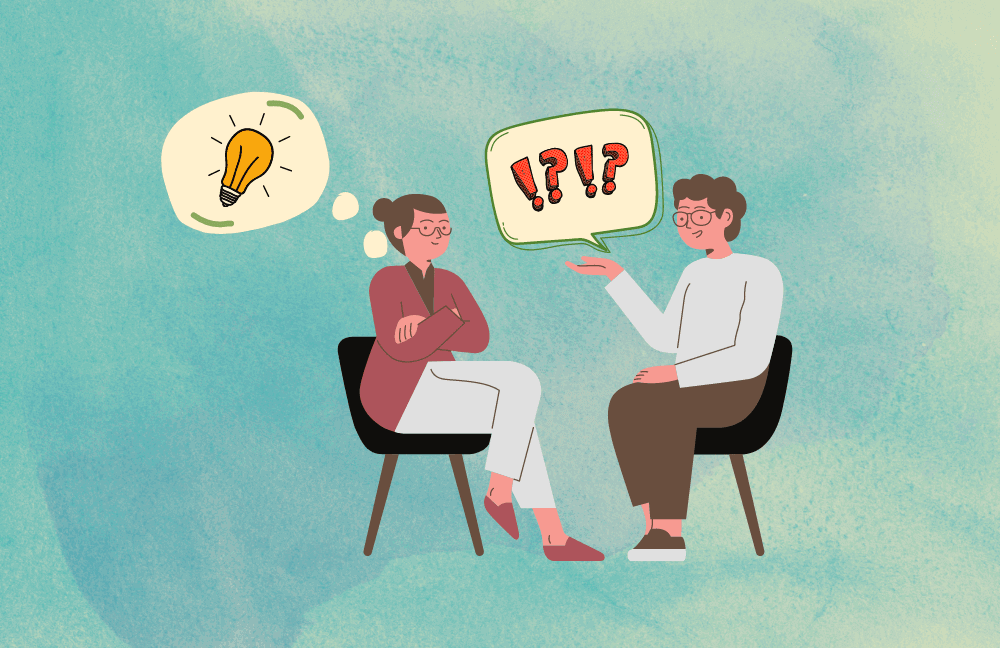
7 Reasons Why You Should Seek Therapy

7 Questions About Workplace Stress Answered
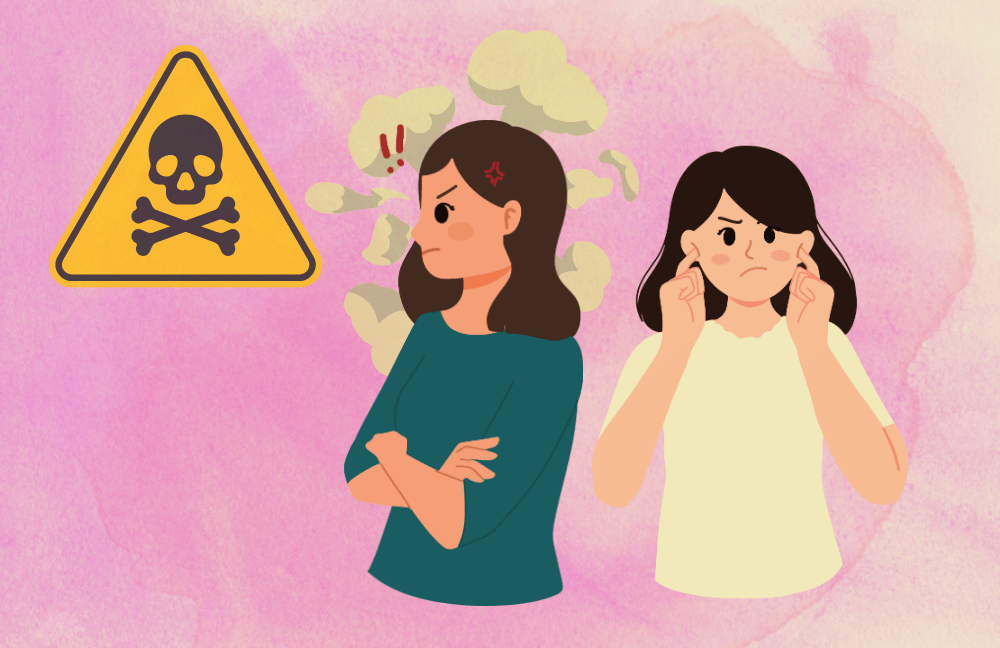
5 Ways To Deal With A Toxic Coworker
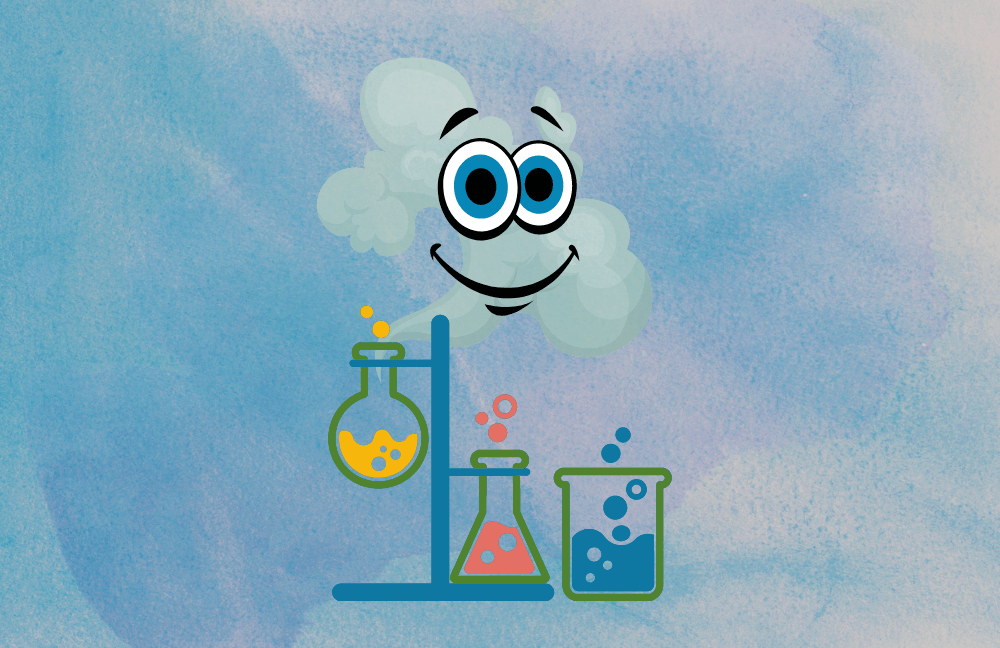
Science of Happiness: 1000s Of Years Of Research
